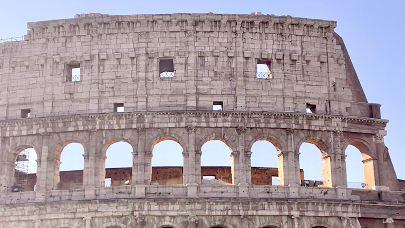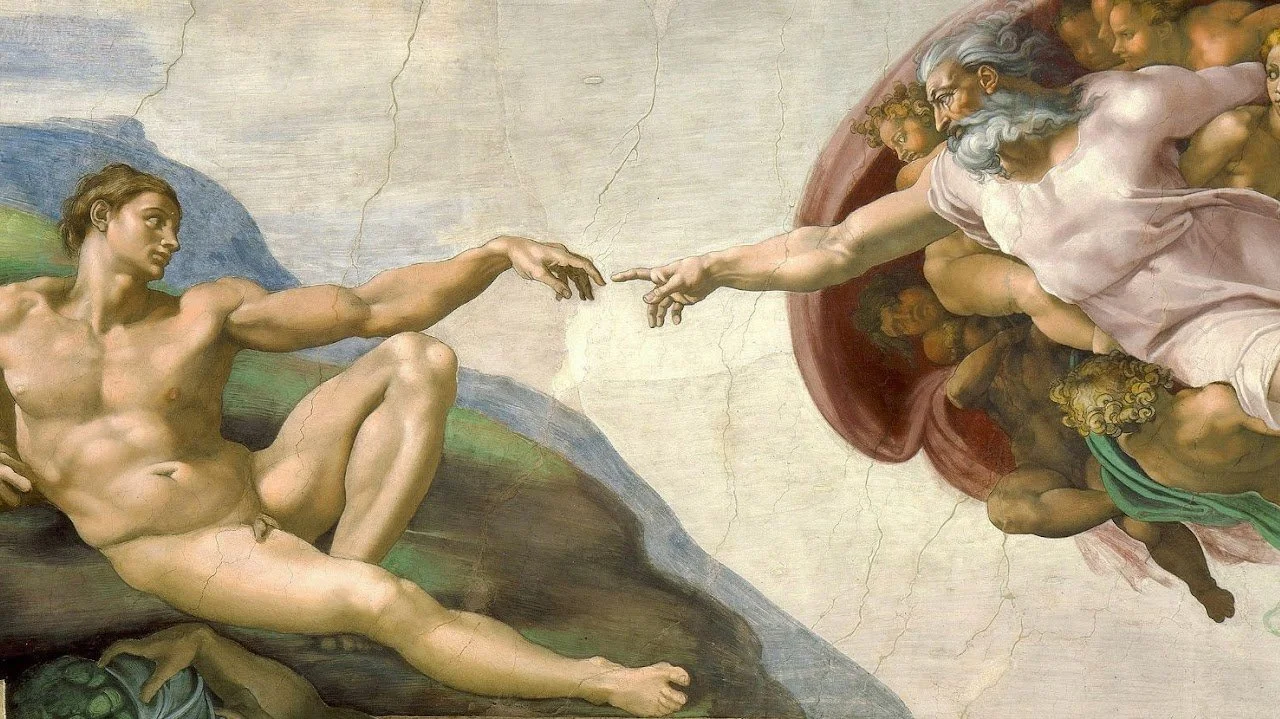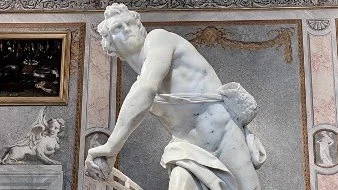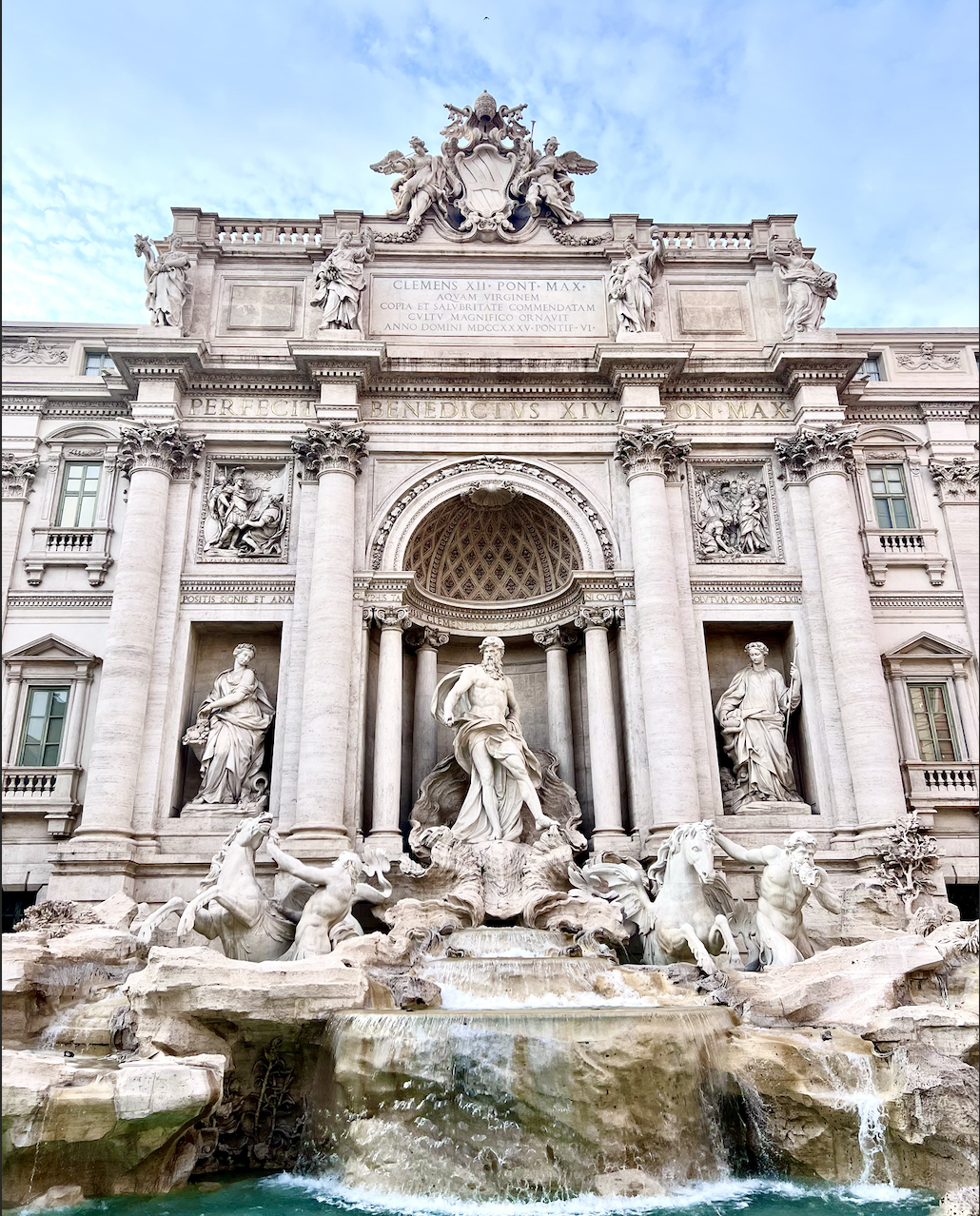Rome & Vatican City
Welcome to Rome, home of the ancient empire and neighbor to Vatican City. There's a lot to see and do in this famous city, and this article will give you a brief overview into some of the most notable historical sites, churches, and museums, as well as my favorite places to see famous art. Read on to discover the art history of Rome.
The Colosseum, Rome, Italy
The Colosseum
The Roman Colosseum is one of the most iconic historical sites in the world. I'd definitely recommend visiting, even though it can be 'touristy'. I suggest booking a guided tour that will allow you access to the area under the Colosseum.
While you're in the area, don't miss the Forum, which contains several ancient arches, temples, and sculptures.
Creation of Adam, Michelangelo (1512). Sistine Chapel, Vatican City
Vatican City
Vatican City borders Rome, and is definitely worth a visit. Michelangelo's Sistine Chapel Ceiling is considered one of the greatest artistic achievements in human history. The Sistine Chapel is attached to the Vatican Museums, which house a diverse collection of art and artifacts, including a collection of ancient sculptures, a da Vinci painting, and several frescoes by Raphael.
While visiting Vatican City, don't miss Michelangelo's Pieta in St. Peter's Basilica. Stop by the Basilica early in the morning to avoid crowds.
David, Bernini (1624). The Borghese Gallery, Rome, Italy
The Borghese Gallery
While the Borghese does have some ancient sculptures, the real highlights of the collection are the Renaissance paintings by artists like Titian and Raphael, and the collection of sculptures by the Baroque artist Bernini.
This museum has a lot to see, but is relatively quick to walk through, and was not crowded even during peak tourist season. The park outside the museum is also a nice place to walk. It's definitely one of my favorite spots in Rome.
The Pantheon (126 AD). Rome, Italy
The Pantheon
The Pantheon is another iconic Roman monument, and is the world's largest unreinforced concrete dome. In addition to the impressive architecture, visitors can see the different types of marble imported from all over the ancient world, and can visit the historical tombs inside, including Raphael's.
The Pantheon is a pretty small building, and doesn't take too long to visit, especially at the beginning and end of the day when there are less crowds.
Trevi Fountain, Nicola Salvi (1732-1762), Rome, Italy
The Trevi Fountain
Despite the fact that the Trevi Fountain looks ancient and features sculptures of mythological figures, it is actually a Baroque construction built on the site of an ancient aqueduct.
It is a popular tourist destination, in part because of the legend that tossing a coin over your left shoulder will ensure that you will one day return to Rome.
In addition to the sites listed above, I highly recommend spending time walking around Rome and seeing what monuments you come across. The city is full of ancient columns and arches and other places of historical interest. Two honorable mentions are Largo di Torre Argentina, where Julius Caesar was assassinated, and Piazza Navona, which sits on top of the ancient Stadium of Domitian and is home to Bernini's Four Rivers Fountain.
This list is far from comprehensive, but hits the main highlights and the most well known art in Rome. This is also not meant to be a trip itinerary. I'd recommend selecting a few locations from this list based on your personal interests instead of trying to visit them all. I'd also suggest booking tickets for these museums ahead of time, as they can get extremely busy and sell out.




